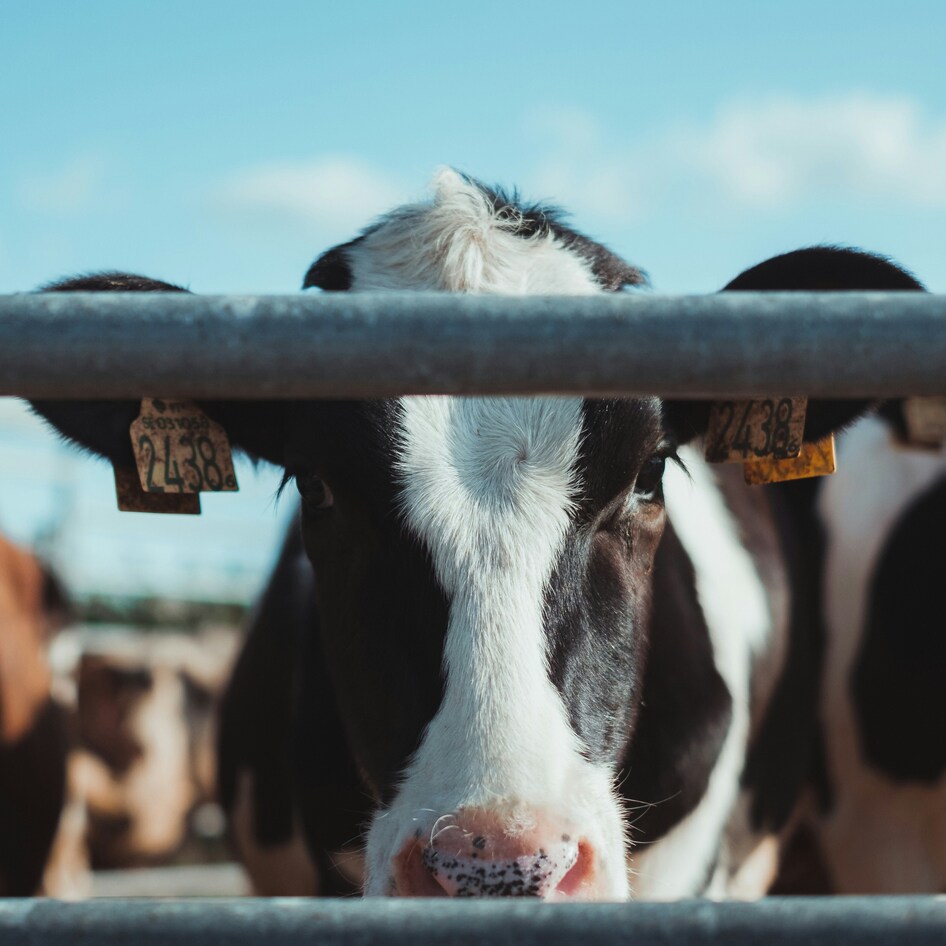Global health authorities are sounding the alarm over the potential for a “looming pandemic” following multiple outbreaks of highly pathogenic avian and swine influenza around the world.
In South Korea, an avian influenza outbreak at a shelter in Seoul recently killed nearly 40 cats, marking the first detection of bird flu in cats in the region since 2016. South Korean authorities identified that the source of the infection was contaminated cat food and ordered the manufacturer to recall and destroy all products. The government is now conducting a national inspection of all animal food manufacturers.
This incident followed a series of bird flu infections in mammals across various countries, including the diagnosis of five dogs and a cat in Italy, and in a coinciding incident in the United Kingdom, where 330 dead seagulls washed up on local beaches following the detection of bird flu at a nearby farm.
Meanwhile, Brazil’s Official Veterinary Service confirmed two new outbreaks last month in Rio de Janeiro and the state of Paraná, which together make up 35 percent of the country’s poultry production.
These incidents led the World Health Organization (WHO) to declare the mutation as “rapidly evolving” and posing a risk to humans.
 World Animal Protection
World Animal Protection
Meanwhile, research from the United States Department of Agriculture-Agricultural Research Service revealed a startling pattern of transmission of influenza A. This strain is responsible for the 2009 H1N1 pandemic (known as “pdm09”) between humans and pigs.
Since 2009, the virus has been passed from humans to pigs approximately 370 times, leading to evolutionary changes in the virus that could increase its ability to infect humans.
The spread of avian and swine influenza and their potential to cross over to humans is raising concerns about another global health crisis.
Animal agriculture and the looming pandemic
The landscape of farming has transformed dramatically over the years, moving from the traditional image of small, family-run farms to the emergence of industrialized animal agriculture, known as factory farming.
This system, which prioritizes high-yield animal production, rears billions of animals globally each year, who are kept in cramped conditions to optimize space, to boost the food industry’s productivity and profit margins.
 Adobe Stock
Adobe Stock
“The avian influenza epidemic has reached unprecedented magnitude, killing millions of birds, threatening to wipe out endangered species, and now house cats are dying from the virus across different continents,” Wendla Beyer, Policy Coordinator at international animal welfare organization Four Paws, said in a statement.
This intensification of factory farming is creating various public health concerns, setting the stage for the next global pandemic. Four Paws has called the emergency of this avian influenza “alarming” and a “looming pandemic.”
“The emergence of highly pathogenic avian influenza is linked to the intensification of the poultry sector,” Beyer said. “Intensive farming has accelerated the circulation and mutation of the virus and continues to do so.”
Last year, 67 countries across five continents reported highly pathogenic avian influenza outbreaks, resulting in the loss of 131 million domestic poultry due to infection or culling.
“We need policies to reduce the number of animals farmed and reorganize food systems away from the highly intensive, highly centralized production models that we currently have,” Beyer said.
“Failure to act or implement such policies increases the risks of further, more dangerous viral mutations. We must see a globally aligned response to this serious matter,” Beyer said.
Parallel concerns are emerging with the pdm09 variant. Led by Alexey Markin, the study revealed that the virus continued to circulate among pigs even during the height of the COVID-19 pandemic. Furthermore, these transmissions have resulted in pdm09 variants that are genetically poorly matched for human seasonal vaccines, potentially leaving humans vulnerable to infection.
 Egor Myznik/Unsplash
Egor Myznik/Unsplash
“Controlling influenza A virus infection in humans can minimize spillover of viruses into pigs and reduce the diversity of viruses circulating in swine populations,” the study authors said in a statement. “Limiting virus diversity in pigs can minimize the emergence of novel viruses and the potential for swine-to-human transmission of influenza A virus.”
Preventing the next pandemic
These findings underline the intertwined fates of humans and the animals we farm for food, emphasizing the need for not only medical interventions but also systematic changes in farming practices.
As the world continues to grapple with the aftershocks of the COVID-19 pandemic, the escalating threat posed by bird and swine flu outbreaks provides a timely reminder of the need for proactive and holistic measures to safeguard global health.
While shifting away from animal protein altogether is the ideal, legislative solutions have focused on improving animal welfare within the industrial farming industry to alleviate the most cruel and dangerous practices—such as extreme confinement of pigs, chickens, and cows.
 Unsplash
Unsplash
Examples of these legislative measures include California’s Proposition 12 (which was recently upheld by the Supreme Court of the United States after challenges from the pork industry); and New Jersey’s A1970, which Governor Phil Murphy signed into law last month.
“Many mother pigs in the industrial pork industry are confined in cages so small that they can’t even turn around,” Elissa Frank, New Jersey State Director for the Humane Society of the United States, said in a statement.
“They’re forced to eat, sleep, and defecate in the same meager amount of space. Calves often face a similar fate,” Frank said. “With the passage of this legislation, we can properly address both animal misery and the public health risks.”
However, a new piece of proposed legislation, The Ending Agricultural Trade Suppression Act (EATS Act), aims to undo these steps forward for animal welfare and public health. If passed, the EATS Act could significantly undermine public health protections.
The Harvard Law School’s Brooks McCormick Jr. Animal Law & Policy Program recently published a 156-page report to outline the many loopholes in the EATS Act and warn of the dangerous precedent its passage would set.
 Getty
Getty
“The EATS Act could tip the balance of states’ rights and circumvent decades of settled constitutional jurisprudence by federally overriding the expressed will of US voters—shifting agricultural oversight away from states and localities toward federal administrative agencies and the federal judiciary,” Chris Green, the Harvard program’s executive director who supervised and edited the report, said in a statement.
By drastically limiting the ability of state and local governments to regulate the production and sale of agricultural products, the EATS Act could potentially nullify more than a thousand state laws, many of which are designed to safeguard against the spread of diseases from animals to humans.
For the latest vegan news, read:
JUMP TO ... Latest News | Recipes | Guides | Health | Shop









